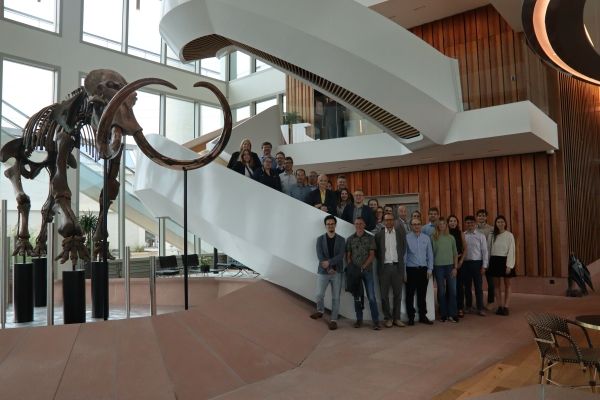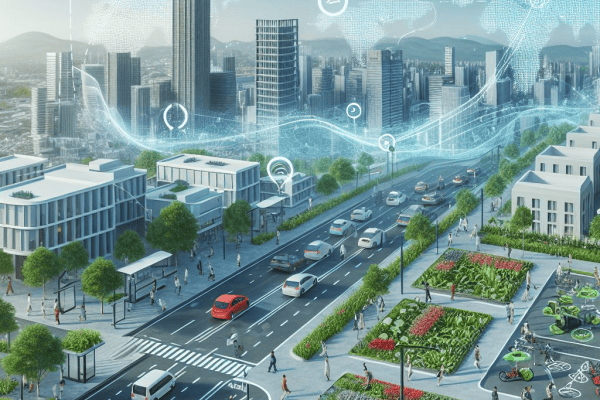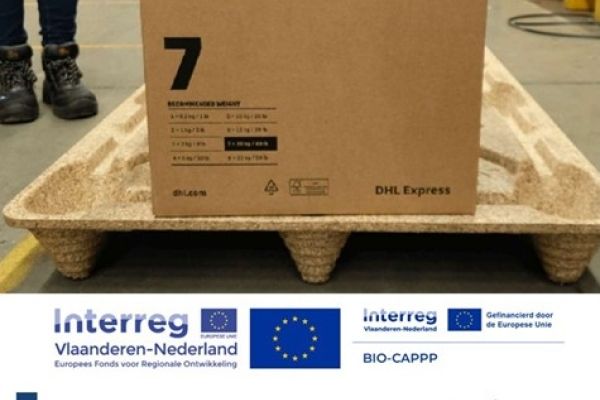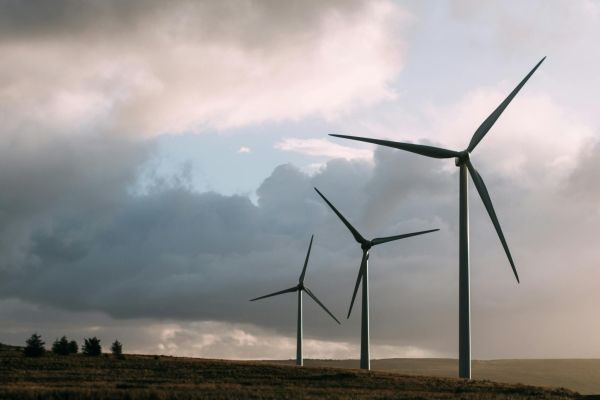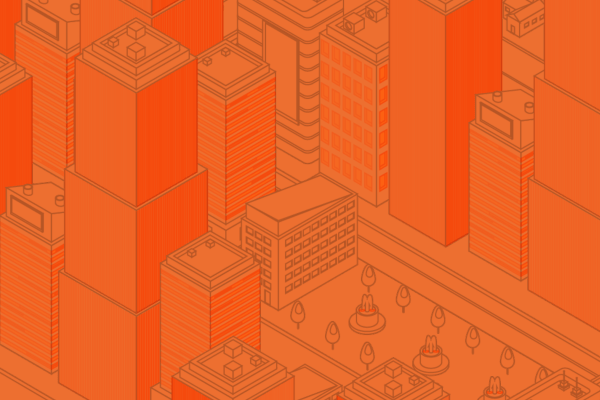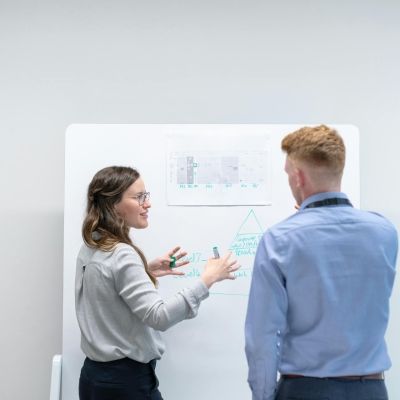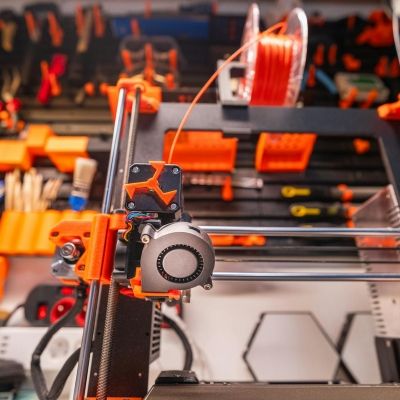Atlas Copco aims to embed circularity in all business operations
As of 2025, large European companies will need to identify and report their impact on the climate and their surroundings themselves. Circularity goes along with this too. VITO is presently developing a circular network for Atlas Copco. This will help with the upcoming sustainability reporting, but it will also enable the international company to monitor circularity in all its business operations, and to explore and achieve its potential.
© images: Atlas Copco
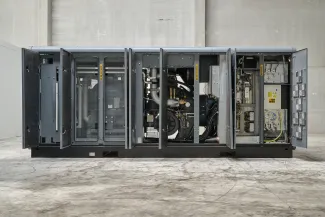
Through the OriginAir department in Willebroek, Atlas Copco (known among other things for its large branch in Wilrijk) also offers second-hand air compressors. The compressors are fully revised and upgraded as necessary. It is one example of a circular activity from Atlas Copco that has been running for around ten years now. However, it remains a side activity, and the upgrading of second-hand compressors can also be improved and made more ‘circular’. ‘But to do that, we need to be able to intervene far earlier in the production chain, in fact in the early design phase,’ says Evi Bultinck, Circularity Programme Manager at Atlas Copco. ‘In addition, circularity includes far more than only the reuse of second-hand products. For example, it also concerns how recyclable materials and raw materials are, how repairable appliances are, what potential there is in other business models, such as ‘air-as-a-service’, where the customer hires the compressor or pays monthly for the pressurised air used, with all the service provision that involves.’
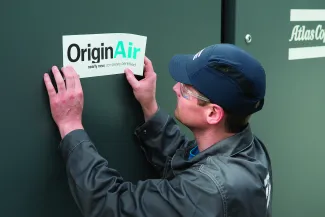
Circular strategy
Atlas Copco is focusing on circularity in all its business activities. These include stationary compressors, vacuum systems, industrial tools, mobile compressors, generators, etc. Bultinck: ‘We’re working on a circular strategy that we then want to implement in all our business operations.’ In order to develop a strong strategy, it is important to base it on today’s status and then look at the potential in terms of circularity and how this potential can be realised.
To do so, Atlas Copco called upon VITO, as it has wide experience in supporting companies in their circular ambitions and the branch in Wilrijk (where the R&D department is also located) has already worked with VITO in various projects before. The guidance by VITO takes place in several phases. ‘In the initial phase, a pre-process, we introduced our employees to circularity,’ explains Bultinck. ‘We held a number of training courses and workshops, where our teams of engineers could gain some inspiration – and which have already produced several practical projects. This pre-process, facilitated by VITO, was limited to our Belgian branch and everything took place online because this was during the corona period.’
In the pre-process, circularity was studied at product level. ‘Circularity is important throughout the life cycle of a product, from design to end-of-life,’ says Emma Pals from VITO. ‘This requires involvement from people at the company with different backgrounds, so not only engineers and designers, but also marketers, sales people and purchasers, for example.’
Atlas Copco opted for a total approach. It therefore asked VITO to develop a circular framework entirely tailored to the company. A framework that can be deployed in the R&D and production development processes for all fields in which the company is active and that thus covers a range of product families. In order to have the implementation go smoothly, it additionally needed to be integrated into the internal business processes. ‘This is exactly why it’s important that the framework is tailor-made,’ adds Bultinck. ‘There are already many business tools on circularity available today, but we feared these would be too generic for our specific business operations.’
More than a figure
The circular network that VITO is developing for Atlas Copco, and which should be ready in late 2023, is far more than a little set of tools or indicators covering certain circular aspects. ‘Circularity is multidimensional: you have the use of materials and raw materials, reuse, recycling, etc. And not every dimension is equally relevant for every company,’ says Jeroen Gillabel from VITO. Colleague Pals adds: ‘Circularity is not something you can present with a single figure.’ This differs from climate-friendliness – another ambition held by many companies, but which can be summarised in a single figure (quantity of greenhouse gas emissions). Gillabel: ‘This is also addressed in the circular framework, as circularity is linked to a lower climate impact too.’ Bultinck: ‘We already have a tool for reducing our greenhouse gas emissions. Now we want some similar tools for circularity.’
The framework will be introduced to the design department in small steps. ‘We’re working on a manual for circular design, for example,’ says Bultinck. ‘This will put something in our people’s hands that they can really get started with.’ Whereas the framework was constructed from a largely qualitative approach, the next step is developing a calculation tool so that circularity can be monitored quantitatively as well. ‘We can then actually start using this in our operations. For example, we can start drawing up some practical KPIs for circularity. But the framework will also help us meet the new legislation.’ The person responsible for circularity at Atlas Copco is referring here to the European Directive on corporate sustainability, which has recently been introduced. This stipulates that companies need to report on topics relating to climate and surroundings, which thus includes circularity, as from 2025. The CSR Directive, as it is known, is a major part of the European Commission’s Green Deal.
But meeting strict regulations is not the main goal of Atlas Copco’s circular ambitions. ‘This kind of reporting is surely also useful for us – it provides a decent overview of circularity at our company, and of our circular potential,’ says Bultinck. ‘The aim is to raise the circularity of our products and services. We want to be part of the solution for a sustainable future.’




